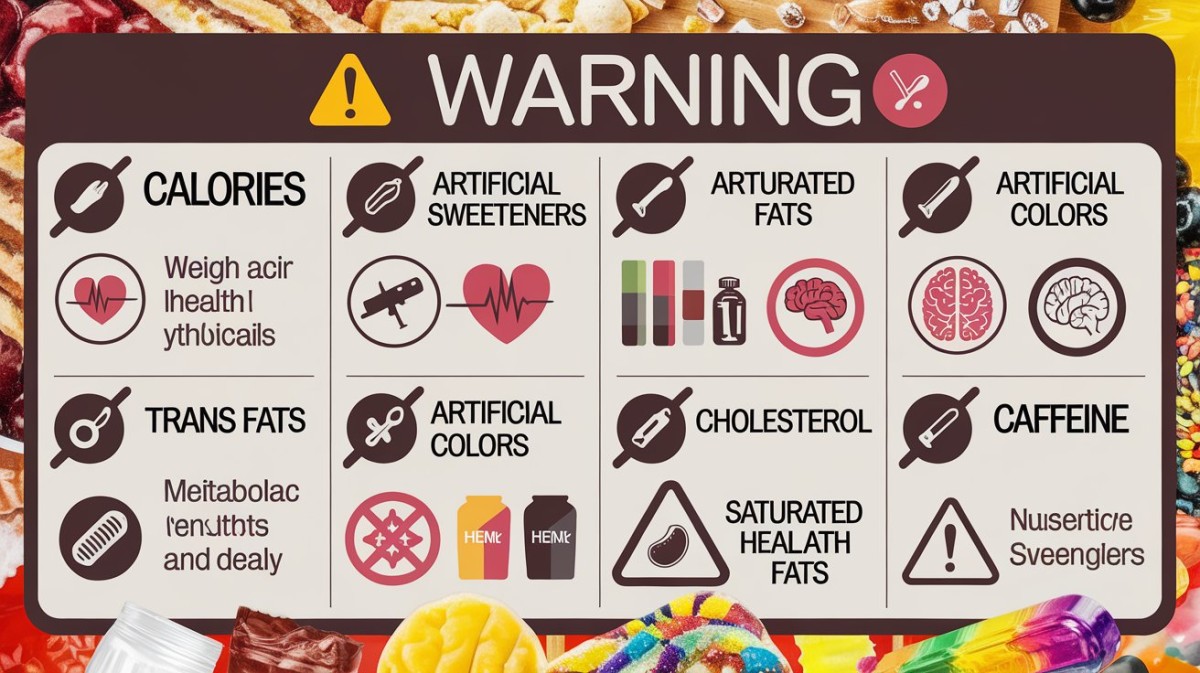“What is this doing to my health?”
It's hard to know about many different chemicals and mixtures. But here's a crucial question: Are you aware, of which ingredients might negatively affect your health?
If you are interested in learning what should be avoided when reading the labels on food products, this blog is created for you.
1. Calories
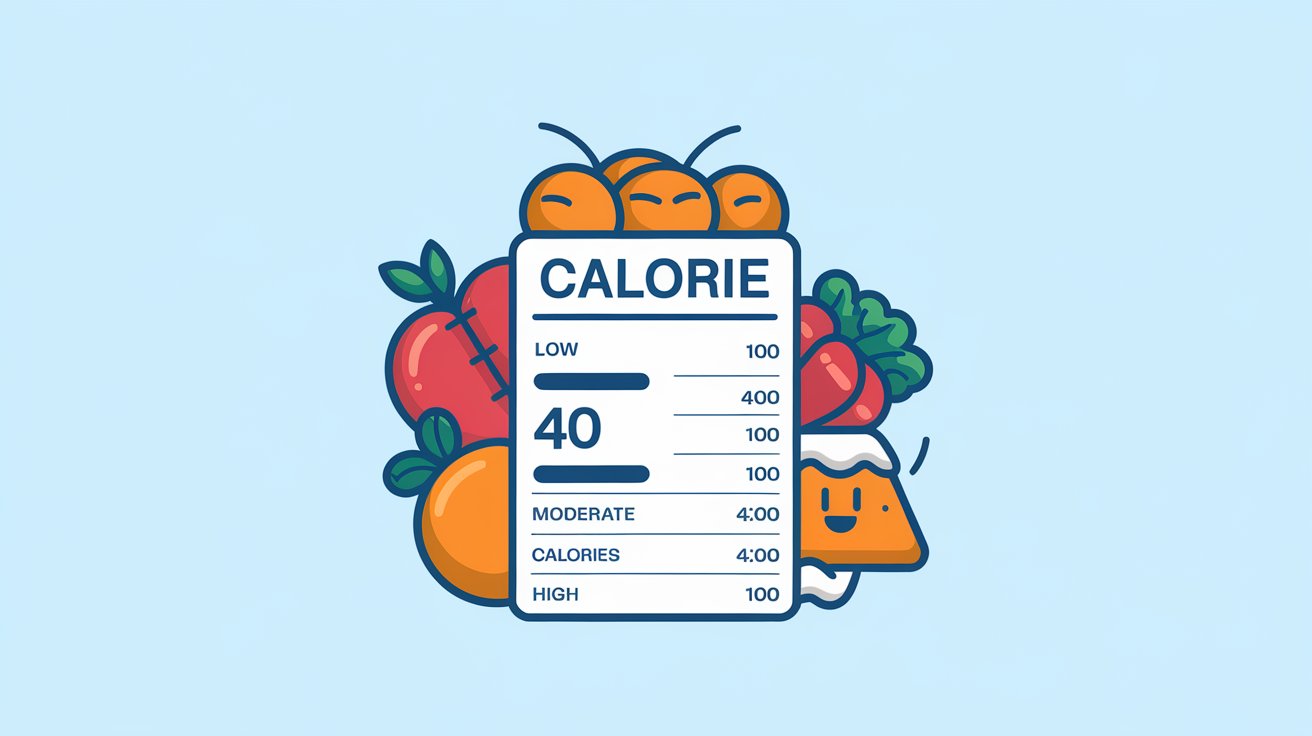
Figure 1: Choose whole foods for calories
Calories are the basic and easy-to-decipher part of any food label but at the same time, they can be deceptive. The FDA rates low-caloric foods with 40 calories per serving, moderate-calorie foods with 100 calories per serving and high-calorie foods as foods with 400 calories per serving. Still, the origin of these calories is just as important. Empty calories are obtained from sugars or unhealthy fats and processed carbohydrates which also results in weight gain and other complications. In contrast, healthy calories are obtained from fruits, vegetables, lean meat and the rest.
Recommended Limit: More specifically, make sure that the bulk of those calories comprises whole foods. Be mindful of the portions that you take and also avoid foods that contain a lot of calories from fat.
2. Artificial Sweeteners
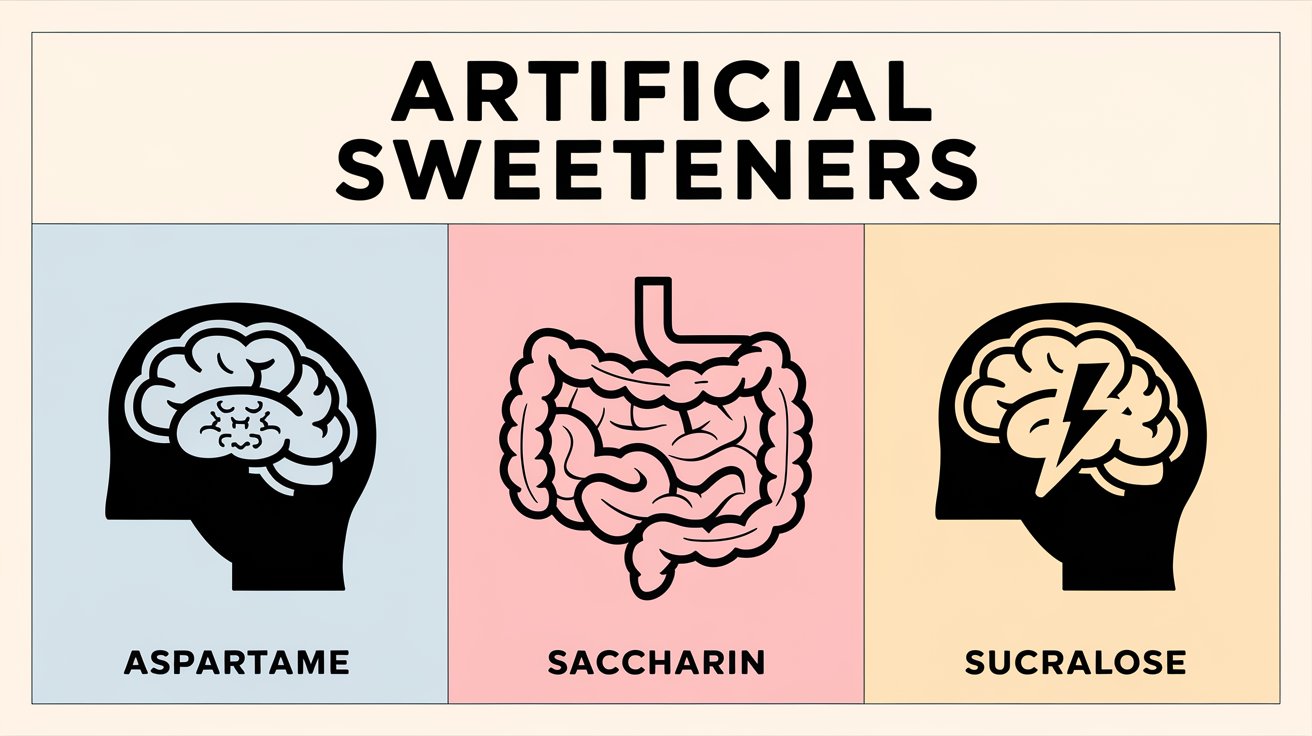
Figure 2: Artificial sweeteners have hidden risks.
Aspartame, saccharin, and sucralose among others are commonly used sweeteners with people considering them to be healthier than sugar. However, statistically research has revealed that these products have some ill effects on human health such as causing increased rates of metabolic diseases and harming gut health. For instance, Aspartame has been associated with such effects as headaches, dizziness and, in some instances, potential carcinogenic effects.
Recommended Limit: Currently, the FDA has established the Acceptance Daily Intake (AD) for aspartame at fifty milligrams per kilogram of body weight. However, it is good to avoid so much intake of these foods as much as one can.
3. Trans Fats
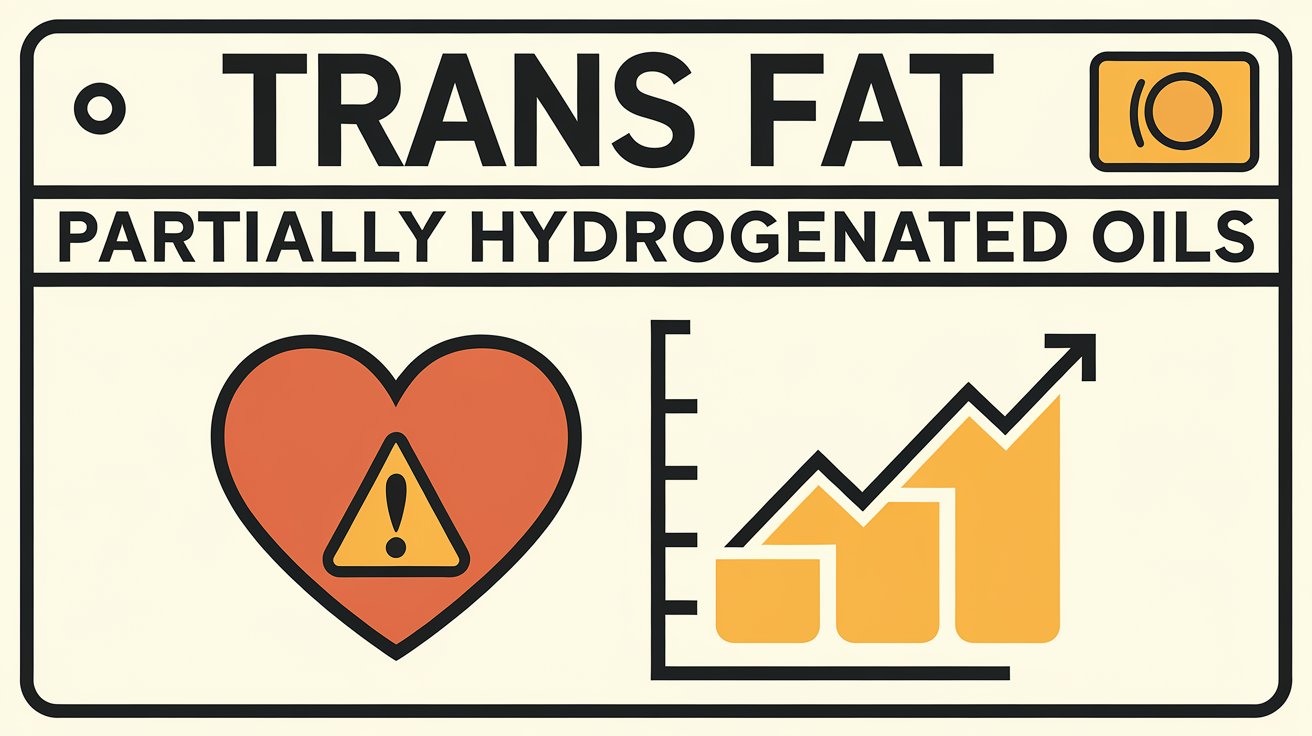
Figure 3: Avoid trans fats for heart health.
These are referred to as trans-fats, or partially hydrogenated oils and are employed to help with the preservation of processed food items. They are particularly known to raise LDL cholesterol levels while decreasing HDL cholesterol levels which cause diseases such as heart disease, stroke and type 2 diabetes. Much effort has been made in trying to eliminate trans fats from the market, however, they are still present in some foods.
Recommended Limit: It is however suggested strongly by the WHO that you should not take any trans fats at all. If possible, then limit it to as low as one per cent of your total daily energy intake.
4. Artificial Colours

Figure 4: Artificial colors may pose risks.
The following artificial colors Red 40, Yellow 5 and Blue 1 are used to give the food products better appeal. Still, these synthetic dyes have ranged from hyperactivity in children, to allergies and even cancers among humans. For instance, Red 40 has been mentioned to cause allergic effects and possibly to increase the occurrence of cancer.
Recommended Limit: The FDA has placed acceptable levels of artificial colours in foods, however, as a precautionary measure, whereby children should be protected from as much artificial colours as possible, it is wise to limit their intake as much as possible.
5. Cholesterol and Saturated Fat
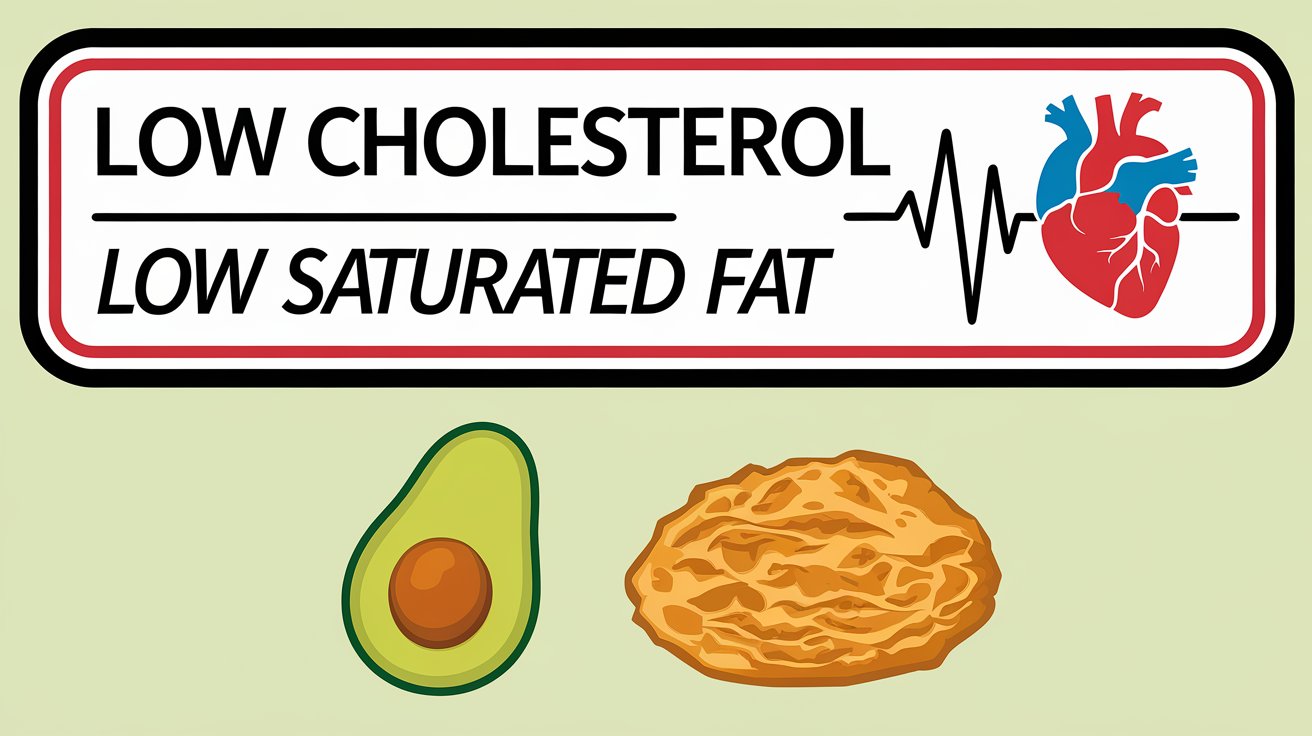
Figure 5: Limit cholesterol and saturated fats.
Common enemies such as cholesterol and saturated fats are well known to cause heart disease. When it comes to the labelling of foods in the United States, the FDA provides guidelines whereby any food that is labelled as having no cholesterol should have not more than 2 mg of cholesterol per serving or, on average, 2 grams or less of saturated fatty acids per serving. Saturated fats as well as trans fats lead to an increase in total cholesterol, Low-density lipoprotein (LDL) (bad) cholesterol and a decrease in High-density lipoprotein (HDL) (good) cholesterol, thereby increasing the chances of heart disease.
Recommended Limit: According to the guideline by the American Heart Association a daily limit of cholesterol and a saturated daily limit of 5-6% and total calories respectively should not be exceeded. Trans fats should be minimized to the lowest possible and this is because they are dangerous to the heart.
6. Caffeine

Figure 6: Moderate caffeine, especially for kids
Caffeine is a naturally occurring stimulant derived from tea, coffee and most energy drinks. Moderate use of caffeine does not pose harm to human bodies, especially to adults whereas, taking too much caffeine is dangerous because it brings about anxiety, insomnia, and heart complications. Soft drinks, especially Colas and energy drinks including Red Bull contain high caffeine which can cause severe effects to children and teenagers. For example, the Red Bull brand has 80mg of caffeine per the standard 250 ml can while a cup of tea contains only 11mg in 100grams of caffeine.
Recommended Limit: According to the FDA, the safe amount of caffeine per day is, 400mg for a normal adult. Paediatricians need to take even less, some authorities recommended taking not even 100 mg per day.
For more such related content please don't forget to check our blogs on Safety Measures and Health Benefits!
CONCLUSION
A better understanding of food labels is extremely crucial when making the choice of food that is good for your body and avoiding some of the foods that may have deleterious effects on it. Once you understand all the signs which are commonly found on the labels, the chances of being harmed by the substances will significantly drop. Remember, whole foods should always be the preferred foods; and where processed foods are needed, the labels should be closely checked.
